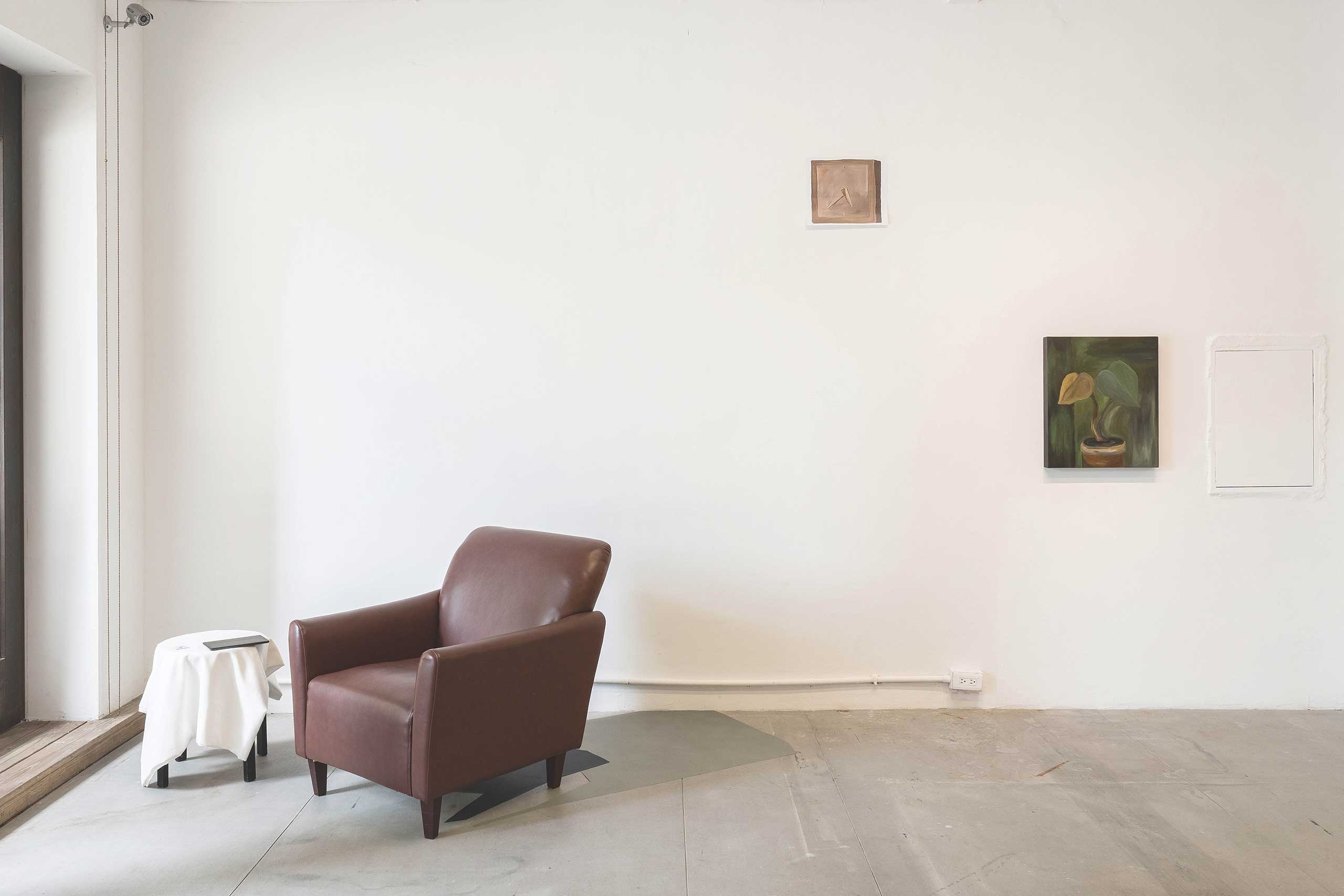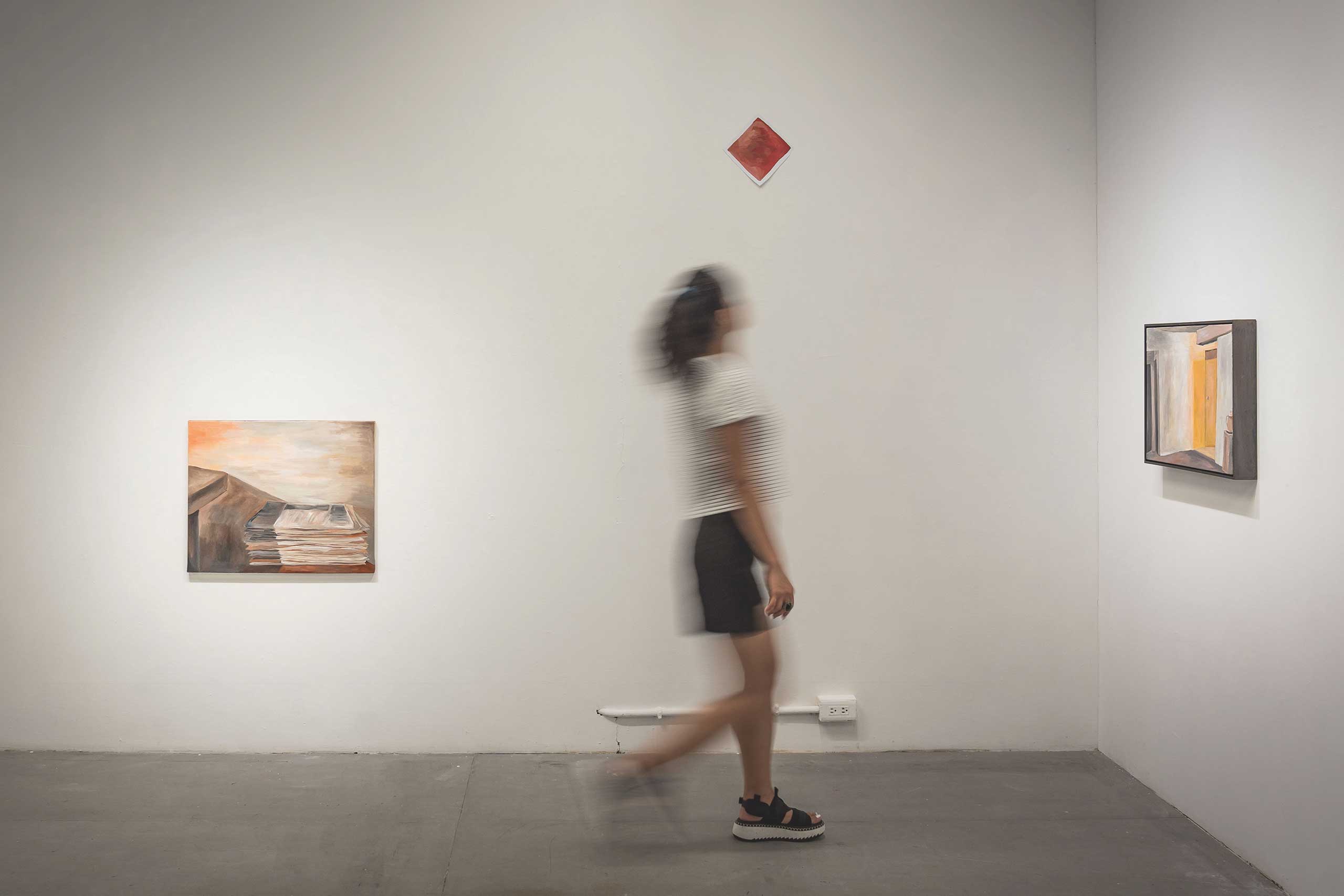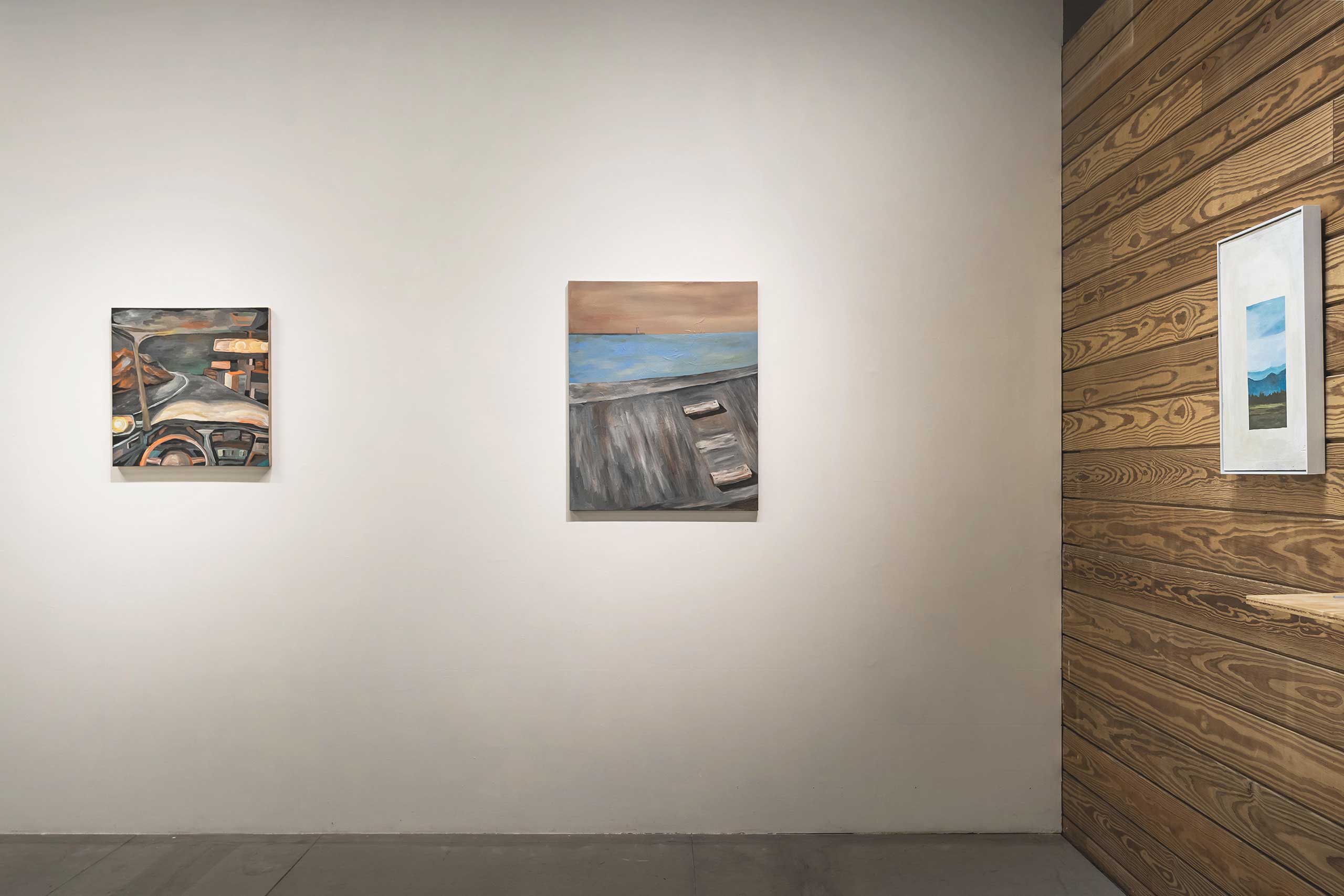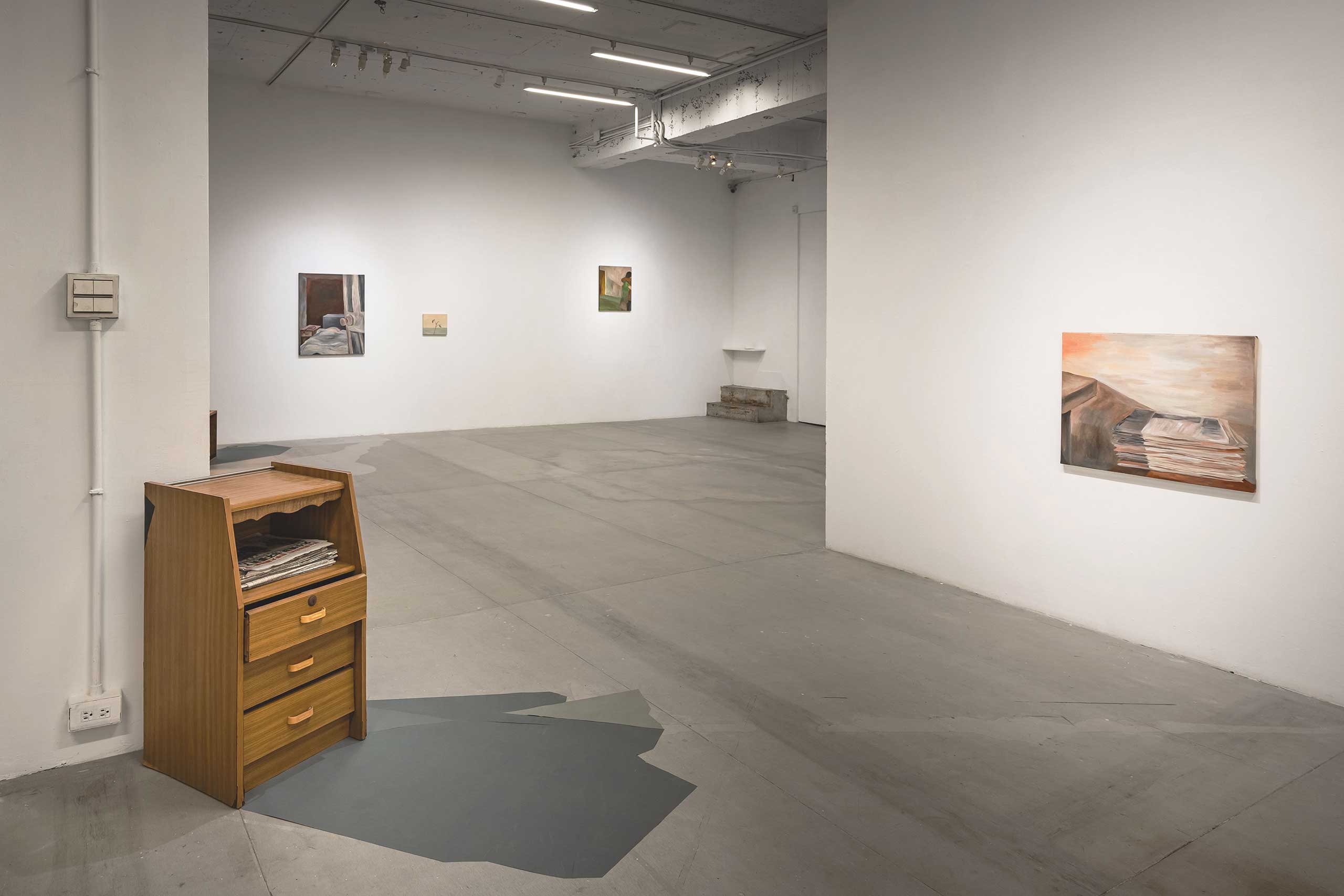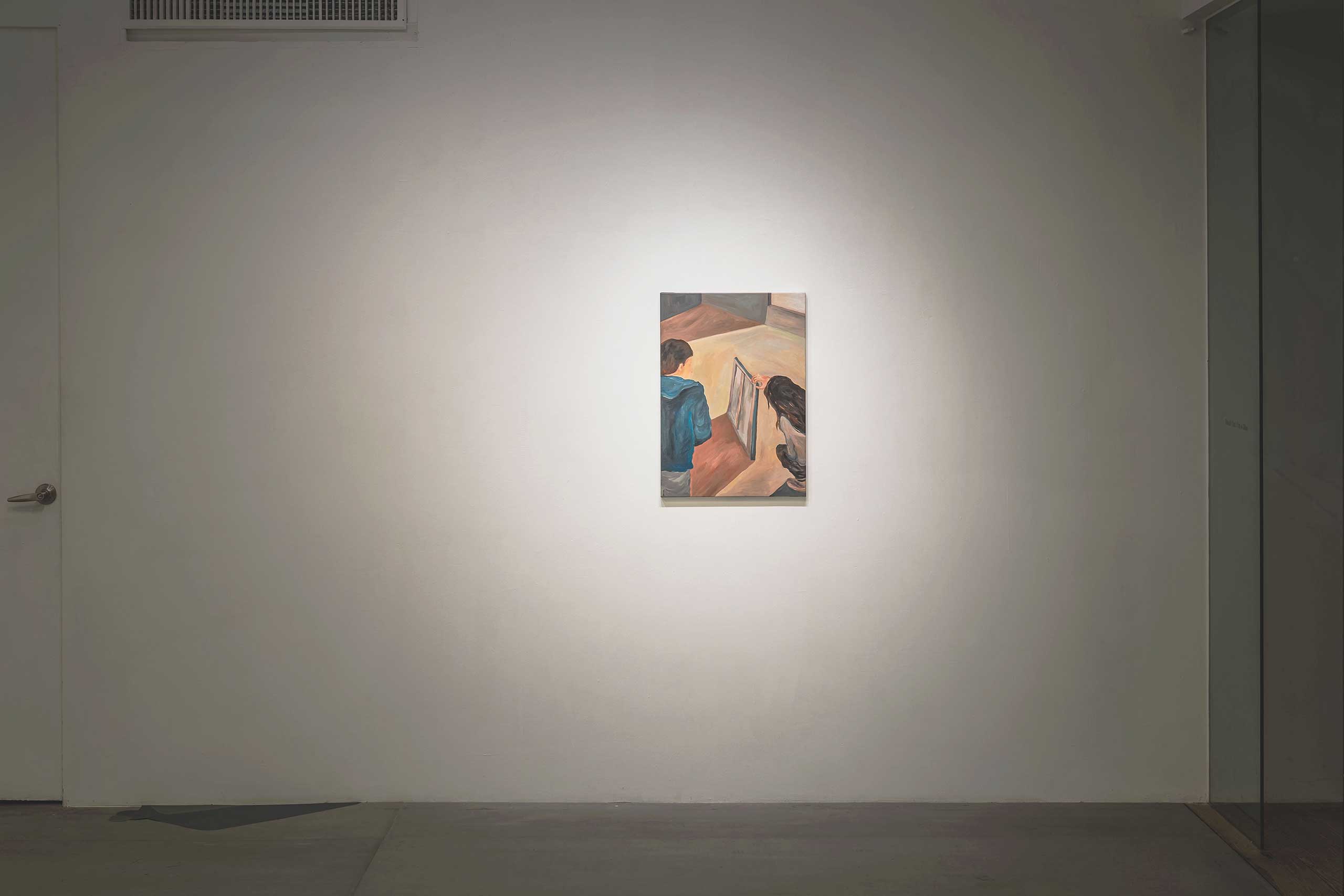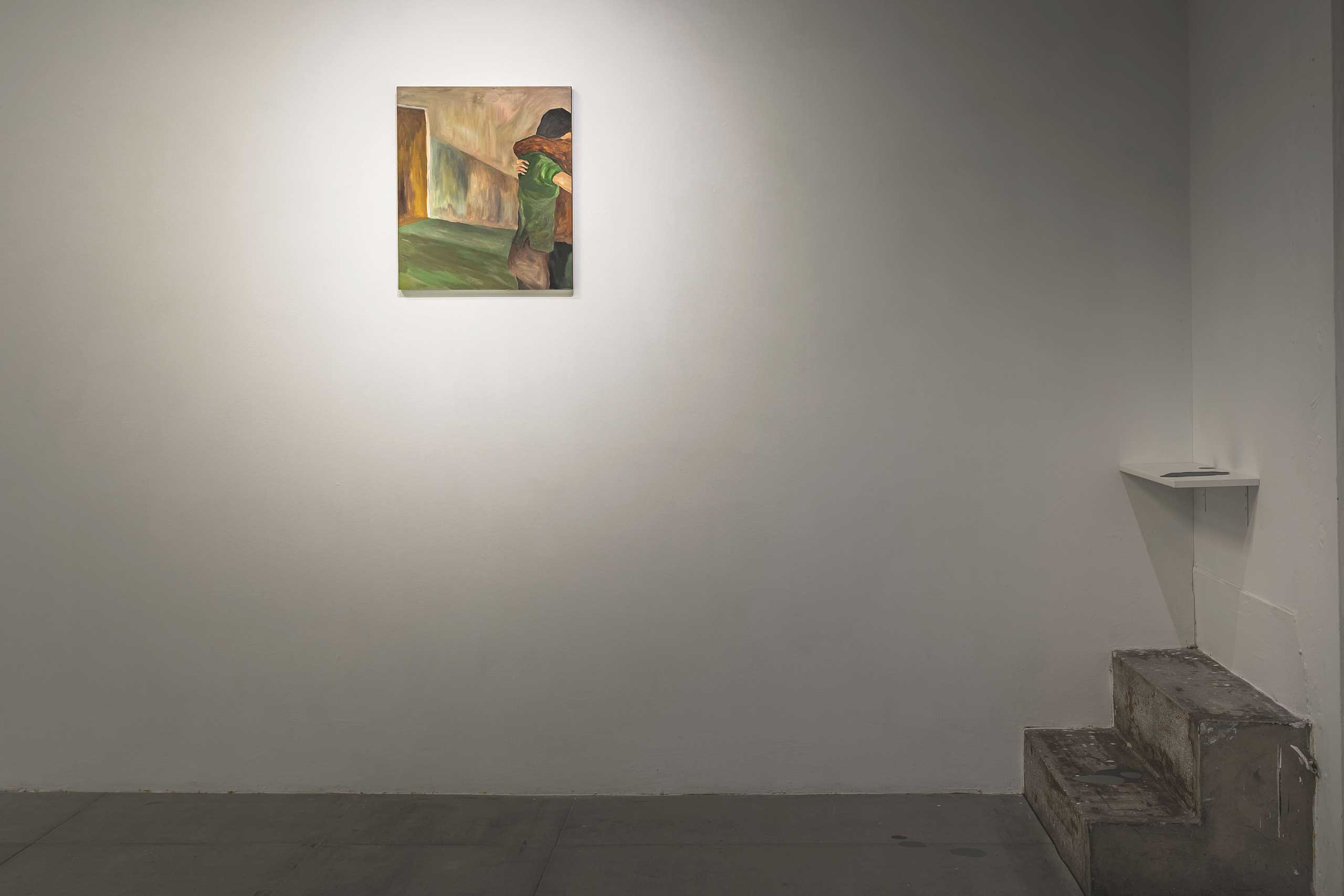https://www.projectfulfill.com/candy-bird–there-there.html
K:It might come back, though it’s been a few days.
Y:You still expect to see it?
K:Uh-huh, feel off to see it’s empty.
Every day I wake up I look out of the window to see if it has come back.
Y:Maybe one day it will. How can you tell it from the other?
(Outside of the window? The weather is nice today, I don’t like it)
K:I might just can.
Y:Well, we can assume it is the same one
K:I’ll wait and see.
It might come back
K:It’s late, I’m falling asleep.
Y:Ok, let’s hang up then. What are you doing tomorrow?
(Probably the same.)
K:I don’t know yet. Let me see how it goes tomorrow.
Y:That’ ok. Tomorrow we’ll see.
(Right, no worries)
Good night
Candy Bird : there, there.
By Hsu Fong-Ray
“…Scenes of landscape flash by. He doesn’t miss a thing, yet misses everything. While his eyes are transfixed on the view, he is trapped inside the bus. He keeps waiting for his final destination, but never manages to get off.”—“Slow Bus”, City Blues, Lolita Hu
After his solo exhibition “What a Neat Painting” in 2018, the idea of putting graffiti aside for a while began to take hold of Candy Bird’s mind. Soon after, he took up an office job and began the life as a salaryman. It was a unique experience for a painter who had spent years meandering and making art in the corners of the city. The decision allowed him to come in contact with the pragmatic operations in the societal mechanism that we so often scrutinize. Whether the experience was pleasant or not, he rarely averted a situation that an administrator would encounter. One might view this with positivity, or personally, I might say, “I’m glad you got to experience all the frustrations and compromises that office workers have to endure.” This is of course more of a tease than sympathy. In dealing with the conflict between reality and ideals, perhaps putting on another pair of spectacles can filter out some of the mundane specks, add different colors, or even alleviate the intensity that blinds us. However, the images still imprint on us and remain etched in our memories. These memories are not unfamiliar to us; they often operate in a familiar way, like the faint sunlight resting on the curtains that we wake up to in the early morning, a stack of second-hand clothes in a thrift store, or a single frame in a movie that unexpectedly resonates with us. These minutiae, always conversing with past memories in the depths of the night, reveal a time and space that we thought we had never experienced but feel extremely familiar. Frenzied like a dream, that map drawn with random lines…we open our eyes, and as we walk that usual route to start an ordinary day, there is always a sense as though we are lost, yet that feeling dissipates just as fleetingly.
In the 2022 exhibition “Candy Bird: Moon/Moon,” as I take in the scenery from his wandering car rides and the desk, chairs, and everyday objects scattered at the bottom of a ramp, it was evident that he felt exhausted and conflicted coming up against reality. It seemed that neither distance nor time existed between one city and another. All that could be seen were fleeting moments of lonely wandering. The city, with alleys and ruins he once knew so well, was no longer just a social issue. The things he had criticized in the past have changed. The graffiti remains in the external world, bearing witness to the memories of the city but could not ultimately stop its progression, just as we cannot stop the passage of time. I believe that making art is no different. In the past, Candy Bird stood on the streets, witnessing only the transformation of the city, but now he finds himself observing his own transformation within the city.
To Candy Bird graffiti is merely a tool for making art; it is the art-making that is the means of expression. The transition from city walls to stretched canvases represents a shift in the object of his gaze. The figures, with wrinkled faces disappearing into the image, are his resistance against consumption of symbols. Bright colors of yellow, orange, and pink give way to heavy tones and faint light. In the exhibition “Candy Bird : there, there.” Candy Bird extends the images within the frames into the white space. This extension is partly derived from his experience in graffiti and partly from the blankness from the absence of stories within the space. Even more so, it shows a sense of repression and exudes a certain emotion. The video deposited in a corner of the exhibition space serves as a place for respite outside the narrative of his work. The relationship between these artworks and the space is often not readily understood at first glance. This world may lack definitive truths, but there are certainly undeniable facts to show that life goes on, even though city dwellers more often than not rather live in lies than confront reality.
Looking at Candy Bird’s artistic decisions, we might ask, why does he forego the previous characteristics of his oeuvre? Must he resist the consumerist environment to such an extent that he also rejects himself in order to attain peace? Indeed, self-erasure will not shake reality in the slightest, but in doing so he is able to maintain his freedom. This freedom is also the most precious will in artistic creation. Artists strive to produce better works time and again, to some extent, in order to meet the expectations of the art community and the market. This consumerist model is rarely inclusive of works from a transitional phase, which is, however, an important juncture in artistic creations. An exhibition does not always set out to convey a particular interpretation of the world to the audience; sometimes it simply says, “Neither do we understand this world.” It is through mutual sharing that a beginning arises.
Modern society is a congested road, where vehicles are jammed yet isolated from each other. The metaphor embodies everything that is said and unsaid in life. We are trapped in our cars, patiently waiting for the traffic light while gazing at the endless tracks ahead, then press on the accelerator to move onward. We may be traveling down the same road, but we are not sitting in the same vehicle after all. We are not oblivious to the complexity of the world outside. It is precisely because we are fully aware that we persistently divide the framework of our lives a thousand ways. At last, we connect these life experiences, scattered and fragmented like montage shots, to form a story.
